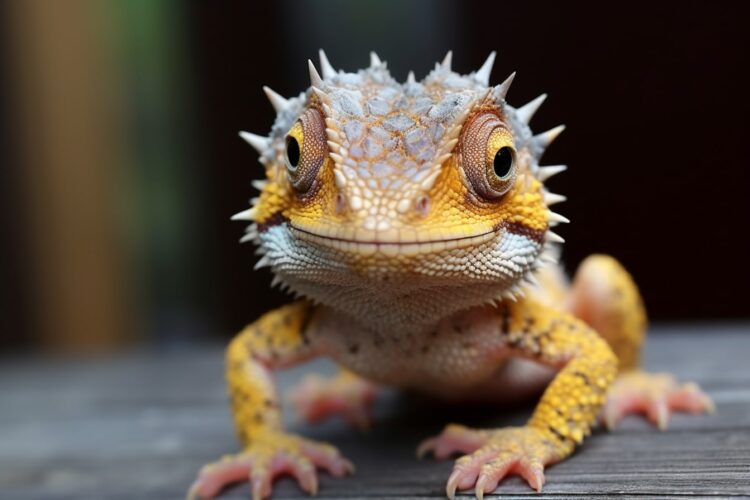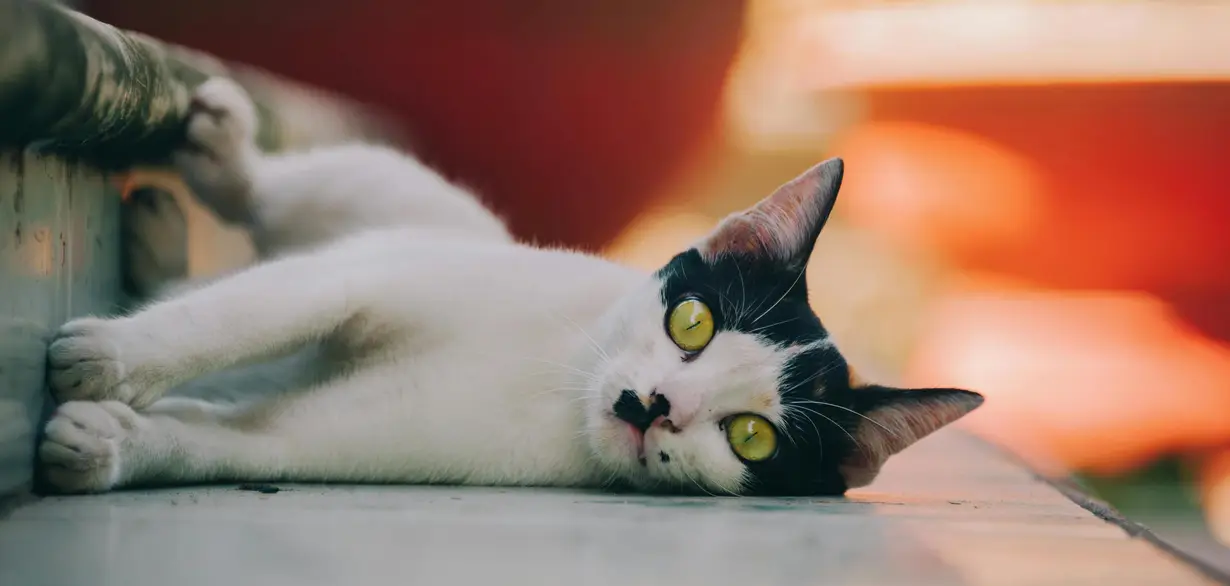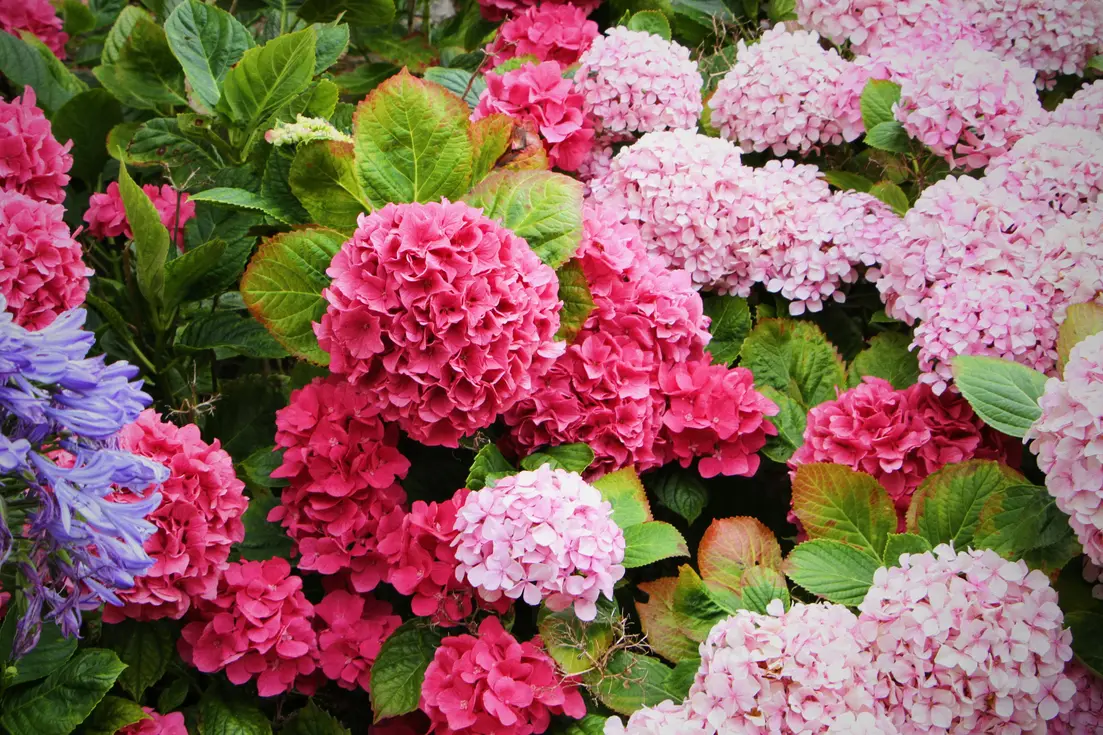Introduction
Having a reptile as a pet can be a fascinating experience. These cold-blooded creatures have unique behaviors and require specific environmental conditions to thrive. While many reptiles are kept indoors in tanks or enclosures, creating an outdoor habitat, known as a reptile garden, can provide a more natural and enriching environment for your pet.
Benefits of an Outdoor Habitat
Designing an outdoor habitat for your reptile has several benefits:
- Increased Space: Reptiles, especially larger species, often require more room than an indoor enclosure can provide. An outdoor habitat allows them to move around more freely and engage in natural behaviors.
- Natural Sunlight: Natural sunlight is crucial for reptiles as it provides essential UVB rays necessary for vitamin D synthesis. An outdoor habitat with ample exposure to sunlight ensures your pet receives the necessary UVB radiation.
- Environmental Enrichment: An outdoor habitat offers a wide range of sensory stimulation, such as natural sounds, smells, and sights, which can enhance your reptile’s overall well-being.
- Aesthetic Appeal: Reptile gardens can be aesthetically pleasing and can complement your outdoor living space. It creates an attractive focal point and a conversation starter for visitors.
Designing Your Reptile Garden
When designing an outdoor habitat for your reptile, consider the following:
- Climate Compatibility: Research the climate conditions suitable for your reptile species. Ensure that your local climate matches the natural habitat of your pet. If not, you may need to create artificial heating or cooling elements to maintain ideal temperatures.
- Size and Space: Determine the appropriate size and space requirement based on your reptile’s species and size. Larger reptiles will need more space to roam and explore. Ensure the habitat is spacious enough to accommodate your pet comfortably.
- Enclosure Type: Choose a suitable enclosure type based on your reptile’s species and needs. Options include fenced-in areas, custom-built enclosures, or repurposed structures like sheds or greenhouses. Ensure the enclosure offers sufficient security and protection from predators.
- Landscaping: Incorporate natural elements into the habitat to mimic the reptile’s natural environment. Use rocks, logs, plants, and substrate that resemble those found in their native habitats. Provide hiding spots and basking areas to cater to your reptile’s specific needs.
- Temperature and Lighting: Install heat lamps, UVB lights, or heating pads to provide the necessary temperature gradients and UV radiation. Monitor and regulate these elements consistently to prevent overheating or inadequate heating.
- Water Source: Create a water source, such as a pond or shallow pool, for your reptile to drink from and soak in. Ensure the water is clean and accessible to your pet.
- Security Measures: Install appropriate fencing or barriers to prevent escapes and protect your reptile from potential predators or hazards. Regularly inspect the enclosure for any gaps or weaknesses that could compromise security.
- Maintenance: Keep the habitat clean and well-maintained. Remove any waste, uneaten food, or debris regularly. Monitor the enclosure for signs of wear and tear and address any repairs promptly.
Conclusion
Creating a reptile garden can be a rewarding project that benefits both you and your pet. With careful planning and consideration of your reptile’s needs, you can create a beautiful and functional outdoor habitat. Remember to continue providing regular care and attention to ensure the well-being and happiness of your reptile.


















